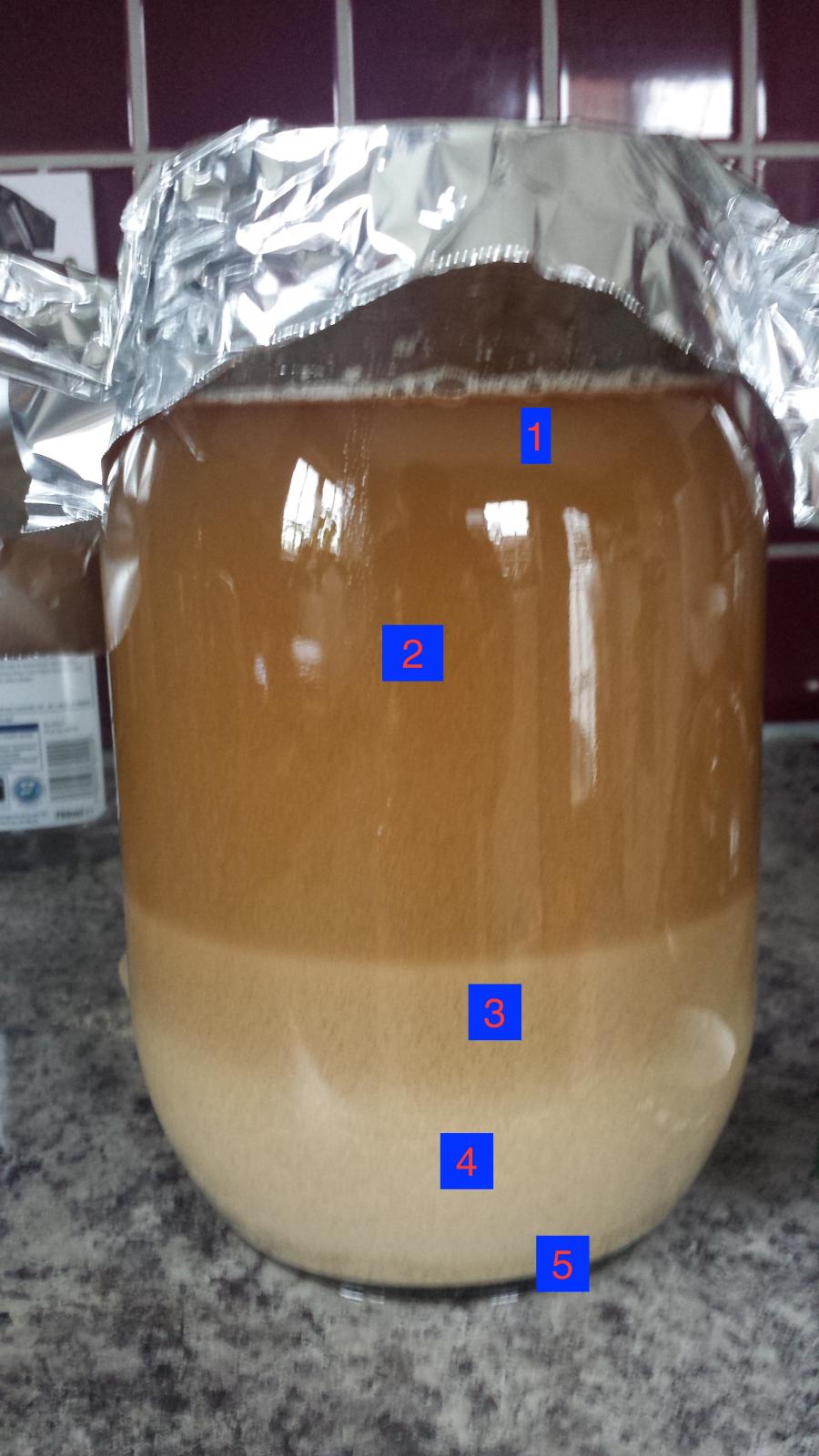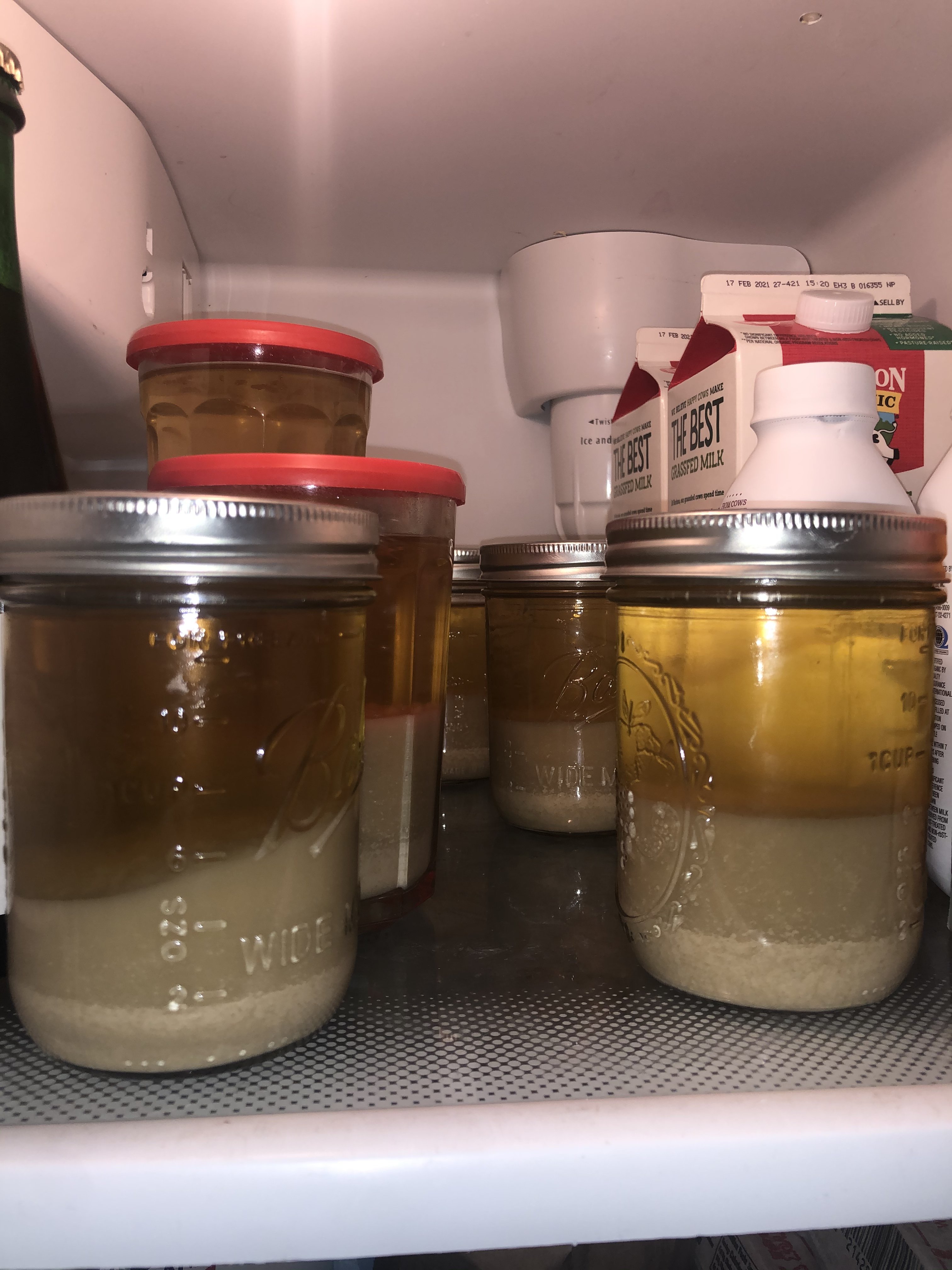Hi all,
I've gelatined to fine my latest batch of beer and am trying to wash the yeast. I'm watching these layers and after 45 minutes I can see what looks like 5 layers.
I'm assuming layers 4 and 5 are to go, but should i be keeping 1-3?
There isn't much difference between 1 and 2 and I'm semi wondering if it's a trick of the light...

I've gelatined to fine my latest batch of beer and am trying to wash the yeast. I'm watching these layers and after 45 minutes I can see what looks like 5 layers.
I'm assuming layers 4 and 5 are to go, but should i be keeping 1-3?
There isn't much difference between 1 and 2 and I'm semi wondering if it's a trick of the light...














































![Craft A Brew - Safale BE-256 Yeast - Fermentis - Belgian Ale Dry Yeast - For Belgian & Strong Ales - Ingredients for Home Brewing - Beer Making Supplies - [3 Pack]](https://m.media-amazon.com/images/I/51bcKEwQmWL._SL500_.jpg)














